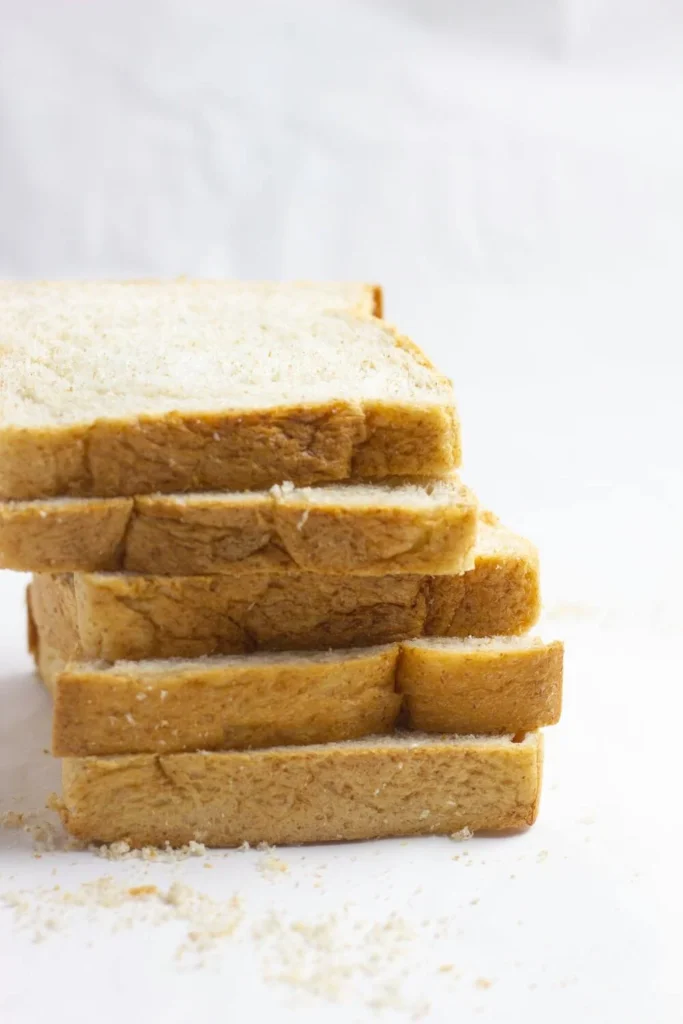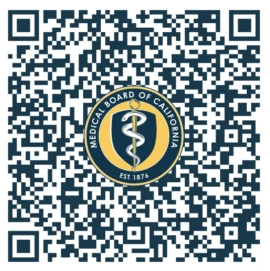Until recently, celiac disease was thought to be a rare disease. Studies now show that as many as 3 million people in the U.S. may have celiac disease. People with celiac disease have intolerance to a protein called gluten (mostly contained in wheat, barley and rye), which when ingested damages the small intestine, causing problems with absorption of food nutrients into the bloodstream.
To stay well, people with celiac disease must avoid gluten for the rest of their lives. Eating even a small amount of gluten can damage the small intestine, and damage can occur even without outward symptoms. Gluten can be found in food starch, preservatives and stabilizers, which are often in soy sauce, salad dressings, medications vitamins, even lipstick.
A new study, published in Clinical Gastroenterology and Hepatology, found that baked goods made from hydrolyzed wheat flour are not toxic to celiac disease patients. Fermenting the wheat flour was said to decrease its gluten content. In the study of 16 patients between the ages of 12 to 23 years, two of the six patients who ate natural flour baked goods discontinued the study due to malaise, abdominal pain and diarrhea. The two patients who ate extensively hydrolyzed flour baked goods had no clinical complaints, but showed damage to the intestine. The five patients that ate the fully hydrolyzed baked goods had no clinical complaints.
The authors said that cereals in the future made through the hydrolysis technology could also improve the nutritional and sensory properties of baked goods containing hydrolyzed gluten.
In 2006, the Food Allergen Labeling and Consumer Protection Act was passed requiring food labels to clearly identify wheat and other common food allergens in the list of ingredients. The U.S. FDA was tasked to implement the use of the term “gluten-free” on product labels.



